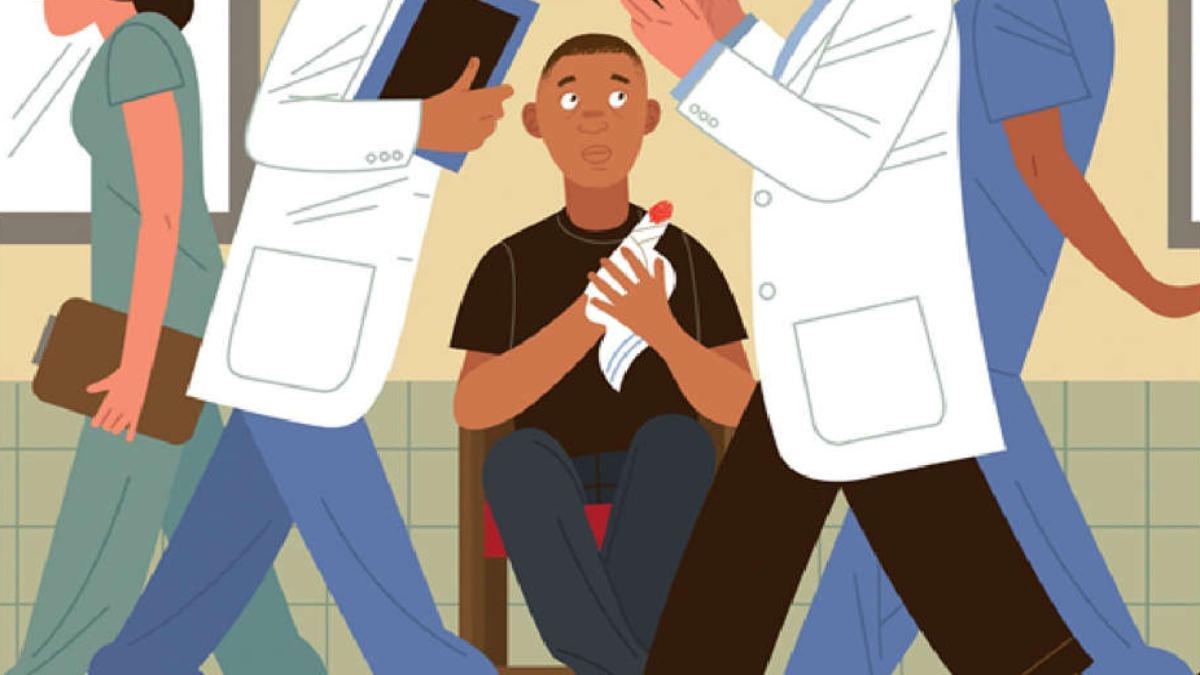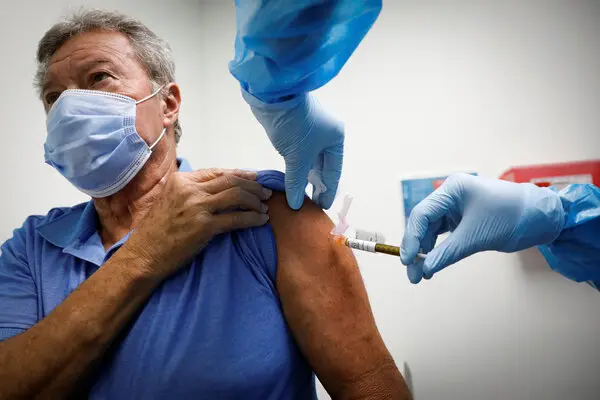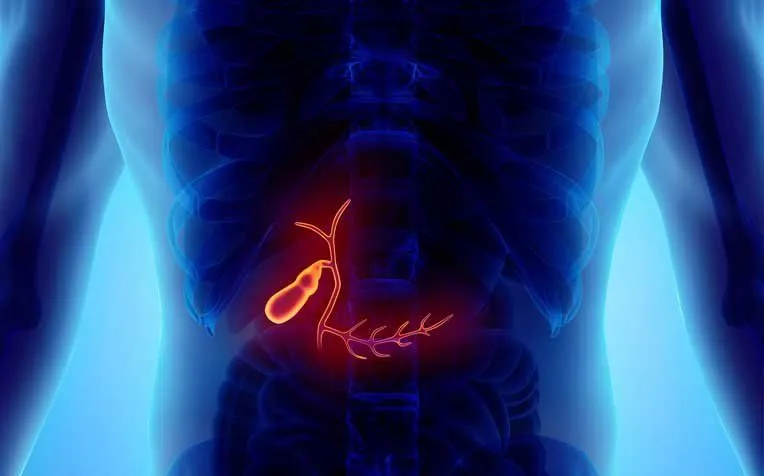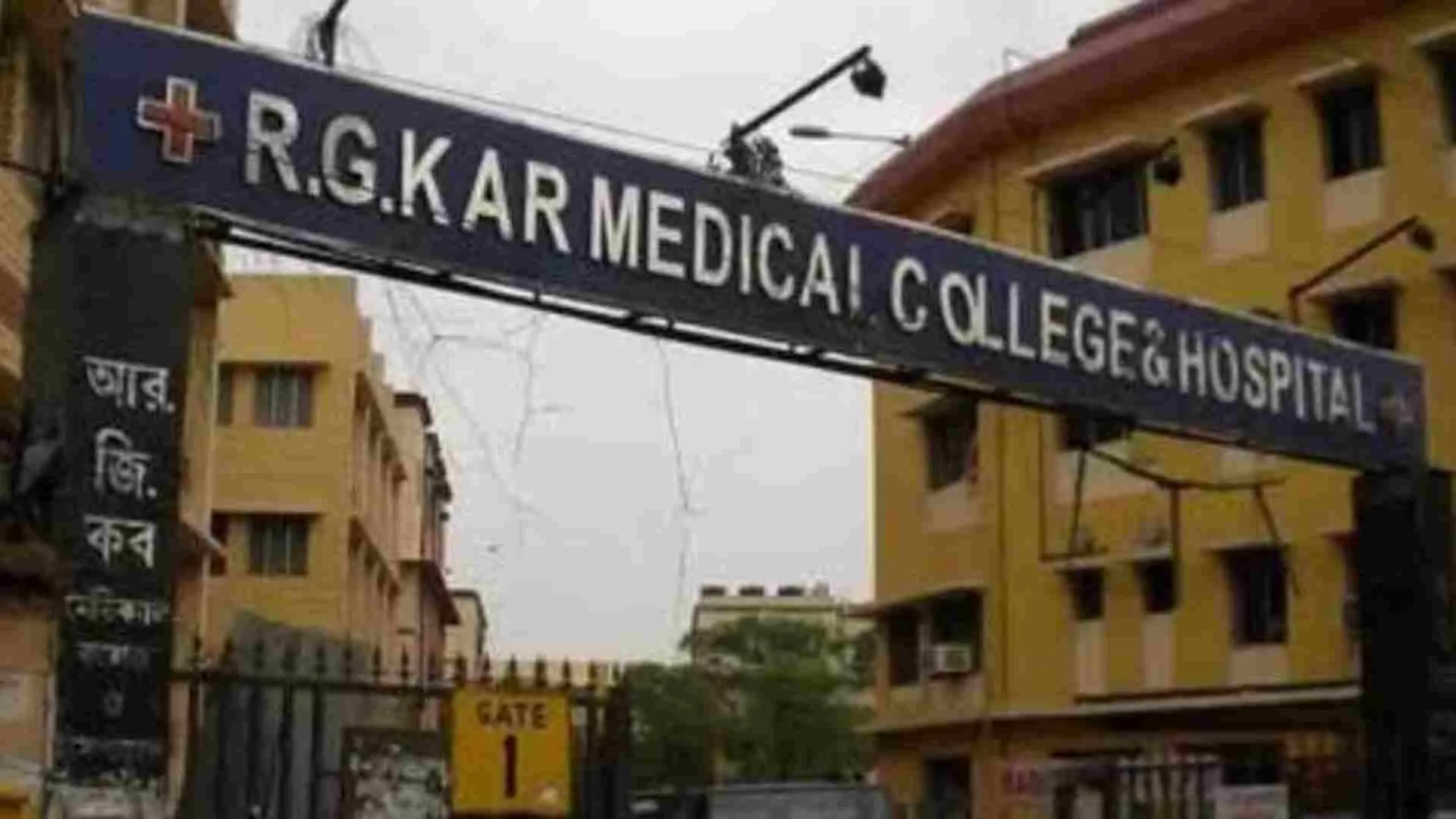A new study has found that waiting for more than five hours in emergency care before admission to the hospital is associated with a heightened risk of death from any cause within the next 30 days.
This can be measured and represented as a ‘number needed to harm metric’, of 1 extra death for every 82 patients delayed after 6-8 hours, concluded the researchers.
The 4-hour waiting time target before hospital discharge, admission, or transfer was introduced in 2004 in England, and shortly afterward in the other devolved nations of the UK, in a bid to tackle emergency department overcrowding.
Several other countries, including Canada and Australia, followed suit with similar measures. But in recent years, performance against this target has steadily declined amid rising patient demand.
Delays to timely admission from emergency departments have been linked to patient harm, and the researchers wanted to quantify the increased risk of death resulting from these delays.
They drew on Hospital Episode Statistics and Office of National Statistics data for England, covering every patient admitted to hospital from each major (type 1) emergency department in England between April 2016 and March 2018.
They compared recorded deaths from any cause within 30 days of admission with those that would be expected, allowing for a wide range of potentially influential factors.
These included sex, age, deprivation level, concurrent conditions, time of the day and month, previous attendances/emergency admissions, and crowding in the emergency department at the time.
Between April 2016 and March 2018, 26,738,514 people attended an emergency department in England: 5,249,891 of them were admitted to the hospital.
In all, 433,962 people died within 30 days during the study period. The overall unadjusted 30-day death rate was just under 9 per cent.
The average age of patients admitted was 55; the number of concurrent conditions rose in tandem with increasing age. Nearly twice as many patients came from areas of greatest deprivation as came from areas of least deprivation.
The most frequent time of arrival was between 12:00 and 17:59 hours, with the first 3 months of the year accounting for the biggest proportion of patients. The average wait in the emergency department was just under 5 hours; the breach rate of the 4-hour waiting time target averaged around 38 per cent
A statistically significant linear increase in the death rate emerged for waits longer than 5 hours in the emergency department.
After accounting for potentially influential risk factors, the death rate was 8 per cent higher than expected among those patients waiting between 6-8 hours before admission to hospital, and 10 per cent higher than expected for those waiting 8-12 hours, compared with patients moving on within 6 hours.
This can be measured and represented as a ‘number needed to harm metric’, of 1 extra death for every 82 patients delayed for 6-8 hours, said the researchers.
“The results from this study show that there is a ‘dose-dependent’ association between time in excess of 5 hours in the [emergency department] for admitted patients and their all-cause 30-day mortality,” they wrote.
“Moreover, 30-day mortality is a relatively crude metric that does not account for either increase in patient morbidity or for the inevitably worse patient experiences,” they added.
This is an observational study, and as such, can’t establish cause and effect.
But, said the researchers, “Despite limited supporting evidence, there are a number of clinically plausible reasons to accept that there is a temporal association between delayed admission to a hospital inpatient bed and poorer patient outcomes.”
Long stays in the emergency department are associated with exit block and crowding, which can delay access to vital treatments. And they are associated with an increase in subsequent hospital length of stay, especially for older patients, noted the researchers.
This, in turn, increases the risk of hospital-acquired infection and physiological and psychological deconditioning, they said.
Exit block is usually also related to bed occupancy levels, which are highest in the late afternoon and usually lower around midnight. A disproportionate number of delayed patients are therefore likely to be moved to a ward during the night when staffing levels are lowest, they added.
And they concluded, “This study confirms that healthcare policymakers should continue to mandate timely admission from the [emergency department] in order to protect patients from hospital-associated harm.”
In a linked editorial, Derek Prentice, lay member for the Royal College of Emergency Medicine, insisted, “Let nobody be in doubt any longer, the NHS 4-hour operational target is, as many of us have always known, of key importance to patient safety.”
With sufficient funding for NHS beds and staff and social care provision, and prioritisation from NHS leaders, hospitals should be able to meet this target, he said. But these have been in short supply in recent years, he suggested. “Could there be better measures? Possibly, but until there are, and crucially, ones that have the support and trust of patients, the 4-hour target or one very close to this, must remain the gold standard. Those in doubt need look no further than the evidence provided by this excellent paper,” he asserted.
The Study has been published in the Emergency Medicine Journal ‘.























